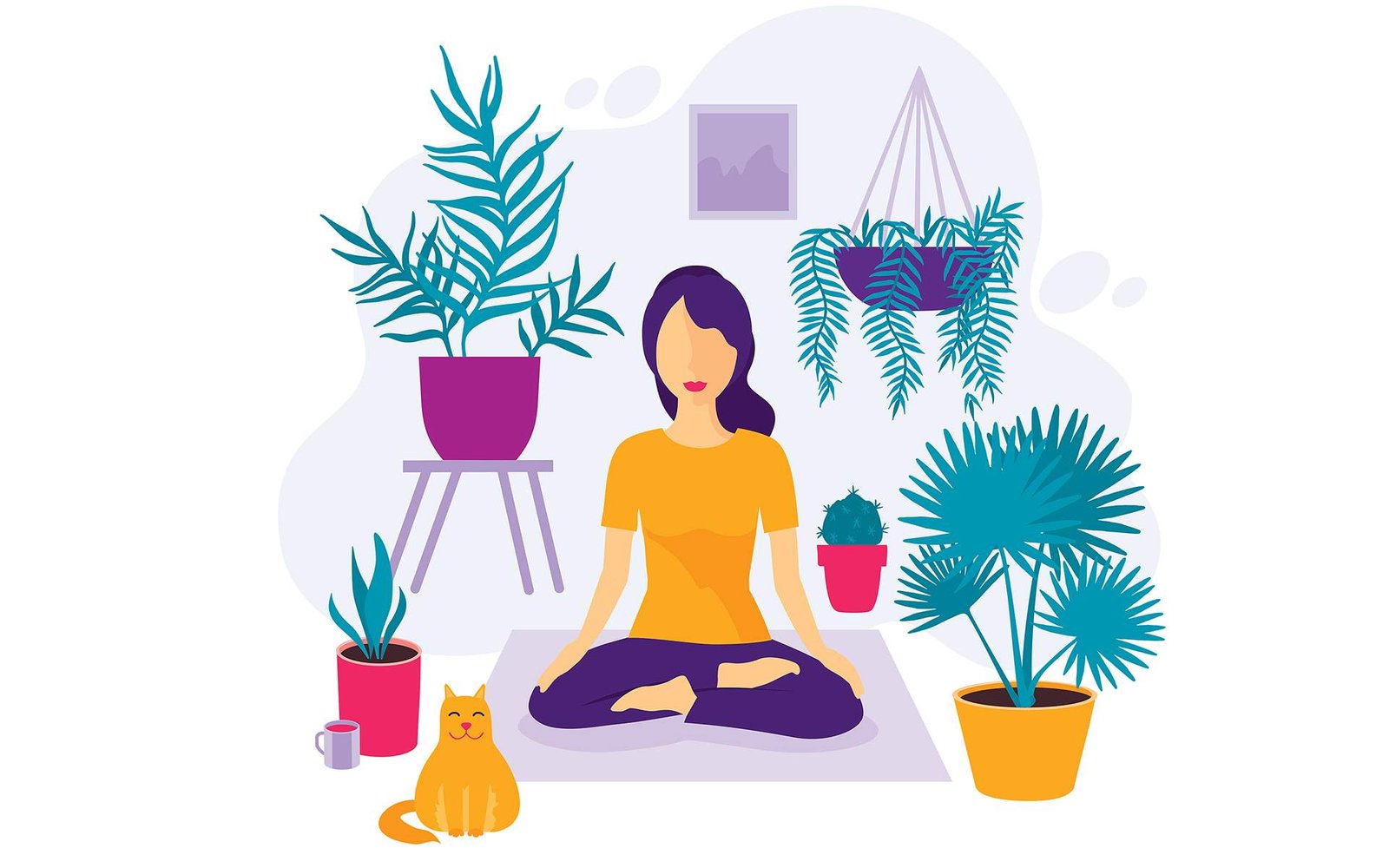In a world that’s faster, louder, and more chaotic than ever, finding peace and focus can feel like hunting for a needle in a haystack. Enter mindfulness—the ultimate life hack of 2025 that’s transforming how we live, work, and thrive. But what exactly is mindfulness, and why is it getting so much attention? More importantly, how can it change your life for the better this year? Let’s dive into why mindfulness isn’t just a buzzword but a powerful tool to help you stay calm, focused, and productive in today’s whirlwind.
What Is Mindfulness?
At its core, mindfulness is the practice of paying full attention to the present moment—without judgment. It’s about noticing your thoughts, feelings, and surroundings with curiosity instead of stress or distraction. Think of it as hitting the “pause” button on your busy mind and tuning in to what’s really happening now.
Why Mindfulness Matters More Than Ever in 2025
With remote work, constant notifications, and endless digital noise, our brains are overstimulated. Stress levels are up, focus is down, and burnout is skyrocketing. Mindfulness offers a way to reset and regain control, helping you cut through the clutter and improve mental clarity.
The Science Behind Mindfulness
Studies show mindfulness can reduce stress hormones, boost immune function, enhance emotional regulation, and improve attention span. Neuroscience reveals that regular mindfulness practice actually rewires the brain—strengthening areas linked to empathy, decision-making, and resilience.
Mindfulness at Work: Boosting Productivity and Creativity
Mindfulness isn’t just for yoga studios. In the workplace, it helps you stay present during meetings, manage distractions, and make better decisions. Many top companies in 2025 incorporate mindfulness breaks or training to foster creativity and reduce burnout.
How Mindfulness Improves Mental Health
Anxiety, depression, and overwhelm are increasingly common. Mindfulness encourages acceptance of difficult emotions without getting trapped in them. Over time, this builds emotional resilience, reducing symptoms and improving overall well-being.
Simple Mindfulness Practices You Can Start Today
- Mindful Breathing: Focus on your breath for a few minutes, noticing each inhale and exhale.
- Body Scan: Slowly check in with different parts of your body, releasing tension.
- Mindful Eating: Pay attention to taste, texture, and smell while eating without distractions.
- Digital Detox: Set aside time to unplug and notice how it feels.
- Gratitude Journaling: Reflect on things you appreciate to shift focus from stress.
Mindfulness and Technology: A Balanced Relationship
While technology often contributes to distraction, it can also support mindfulness. Apps like Headspace and Calm offer guided meditations and reminders. The key is intentional use—leveraging tech to build mindful habits instead of mindless scrolling.
Mindfulness for Better Relationships
Being present improves communication and empathy. When you truly listen without thinking ahead or judging, connections deepen and conflicts ease. Mindfulness teaches you to respond thoughtfully rather than react impulsively.
Mindfulness in Education
Schools and universities increasingly include mindfulness to help students manage stress and improve concentration. Early practice sets young people up for lifelong emotional health.
The Economic Upside of Mindfulness
Reduced healthcare costs, lower absenteeism, and higher employee engagement make mindfulness a smart investment for businesses. For individuals, it can boost career growth by enhancing focus, creativity, and leadership skills.
How to Make Mindfulness a Daily Habit
Start small—two minutes a day is enough to build momentum. Set reminders, create a calming space, and be patient with yourself. Over time, mindfulness becomes second nature, like brushing your teeth.
Common Myths About Mindfulness
- Myth: Mindfulness means emptying your mind.
Truth: It’s about observing thoughts, not erasing them. - Myth: You need hours to practice.
Truth: Even brief moments add up. - Myth: Mindfulness is religious.
Truth: It’s secular and accessible to everyone.
Mindfulness and Physical Health
Regular practice can lower blood pressure, improve sleep quality, and reduce chronic pain. Your body and mind are connected, and mindfulness nurtures both.
Future Trends: Mindfulness Meets AI and VR
Cutting-edge technology is making mindfulness more immersive and personalized. Virtual reality meditation sessions and AI-powered mental wellness coaches are emerging as new frontiers in self-care.
Conclusion: Mindfulness Is More Than a Trend—It’s a Life Essential
In 2025, mindfulness stands out as a simple yet powerful tool to navigate life’s challenges with grace and clarity. It enhances mental, emotional, and physical health, boosts productivity, and deepens relationships. Best of all, it’s free, accessible, and easy to start. So why wait? Tap into the ultimate life hack today and transform how you experience the world—one mindful moment at a time.
FAQs
1. How long should I practice mindfulness daily?
Even 2-5 minutes daily can yield benefits, gradually increasing as you feel comfortable.
2. Can mindfulness help with anxiety?
Yes, it helps by promoting awareness and acceptance, reducing rumination and stress.
3. Do I need special equipment or apps?
No, but apps can provide guidance and structure if you prefer.
4. Is mindfulness a religious practice?
No, it’s secular and focuses on awareness, not spirituality.
5. How soon will I notice benefits?
Many people feel calmer after a single session; lasting benefits grow with regular practice.




